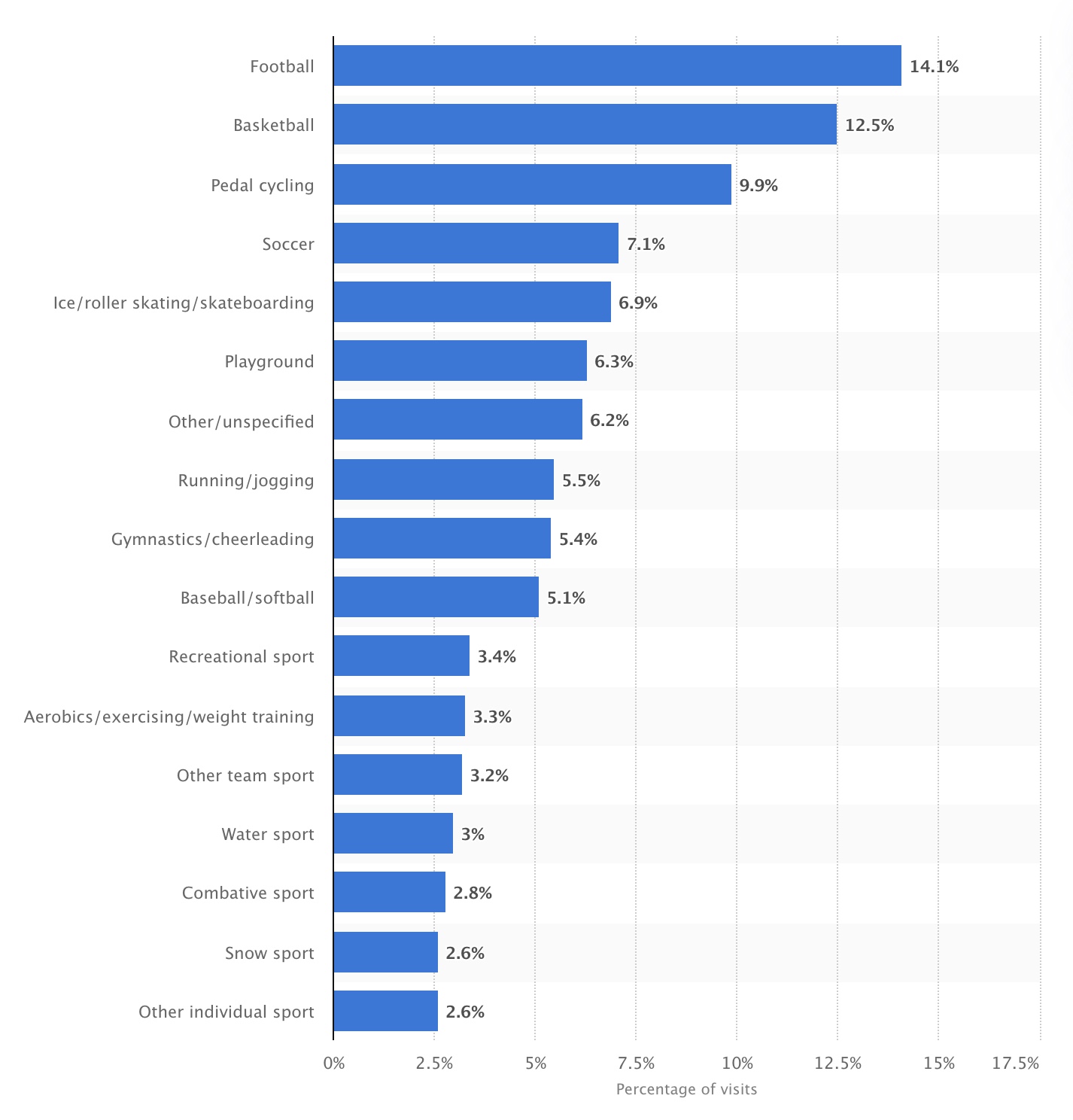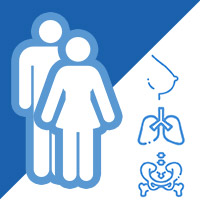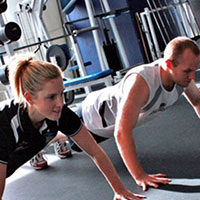It’s Time for Tennessee Football–and Football Injuries
Football is back! Fans across Tennessee are donning their team colors, grilling their tailgate favs, and settling in for a season of bone-crunching action as modern gladiators battle it out on the gridiron.
No sport brings people together like football, especially in the South! But football is a dangerous game–and perhaps part of why we love the game. Football players are susceptible to a wide range of injuries. These sprains, strains, brain injuries, and broken bones can take them out of a game, out of a season, or end their football careers altogether.
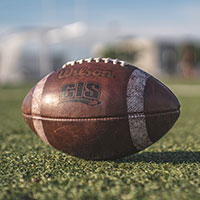
Diagnostic medical imaging, like X-rays, lets physicians see inside the body and diagnose injuries more accurately than ever before. But how does medical imaging help treat football injuries? Read on for a look at football with x-ray vision!
(Be sure to keep reading to the bottom for a short sports chat with Premier radiologist, Dr. Seth Means).
Getting the Picture – Radiology and Football
There’s no denying that football is a rough sport. The constant contact, tackling, and high-speed collisions can put immense stress on joints and muscles, leading to injuries like bone fractures, sprains, and concussions.
In fact, injuries are so much a part of the game that all 32 NFL franchises have imaging equipment right in their stadiums. The stadium imaging systems include digital x-ray capabilities and come with web-based picture archiving and communication (PACS) and electronic medical record (EMR) systems. Stadium imaging equipment commonly serves both the home and visiting teams.
The imaging systems allow for quick access to a player’s medical records (and past injuries). Also, the new medical images can be shared among the player’s medical team, including with the coach on the sidelines and with physicians not at the stadium.
The Dallas Cowboys and the Cincinnati Bengals even have MRI machines. Portable CT scan technology is also available.
Many college teams have an impressive array of medical imaging tools at their disposal too. For example, at Tennessee’s Adair-Carlson Student-Athlete Wellness Center, the Vols physical therapy room includes a mobile digital x-ray machine and a diagnostic ultrasound unit.
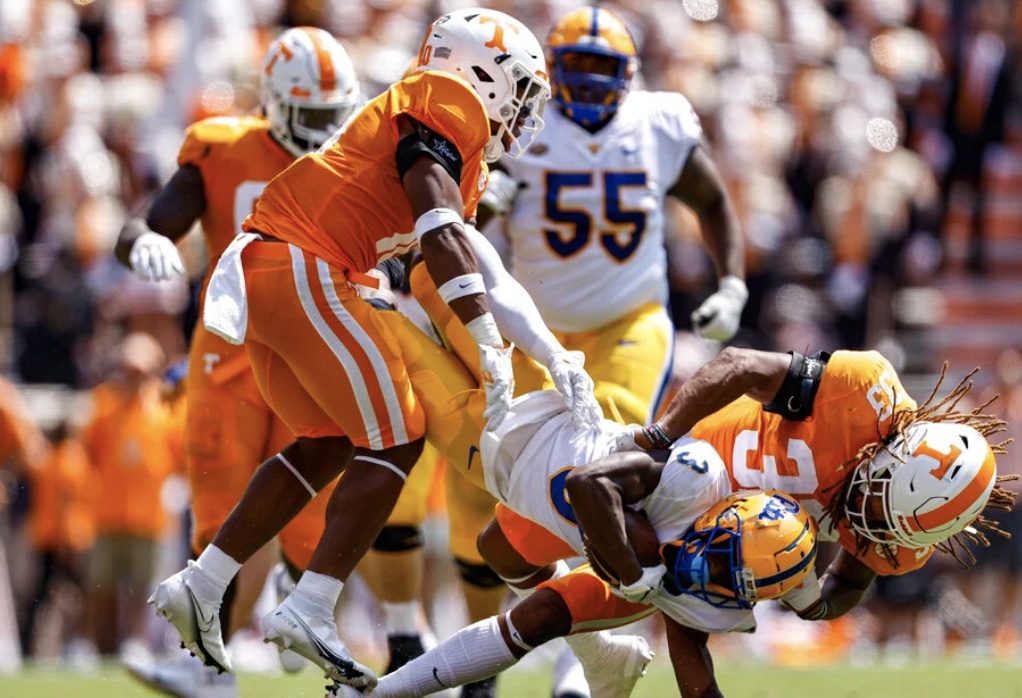
The most common football injuries and how they happen
Across all levels, from the pros to youth leagues, football players endure an array of injuries. Take a glance at almost any player injury report and you’ll immediately see injury trends. Here’s the Tennessee Titans injury report. When this article was written, the injuries reported from the Tennessee Titans were: hamstring, knee, shoulder, toes, elbow, ankle, groin, shoulder, shoulder, knee. College ball injuries are also publicly searchable and very common.
From the head down, frequent football injuries include:
- Head Injury and Concussions – A concussion is a type of traumatic brain injury (TBI) caused by the brain hitting the inside of the skull. Frequently, players have gotten concussions from helmet-to-helmet contact. In reality, any hard blow (like a player’s head impacting the ground) can cause trauma.
Concussions are a hot topic because they can affect a player’s quality of life, even long after their playing days are over. Despite better protective gear and improved concussion protocols, concussions are still top player injuries. - Shoulders – Players in all positions can injure their shoulders. These injuries occur from impact from another player or from hitting the ground. However, performing repetitive throwing motions make quarterbacks most susceptible to shoulder issues.
- Knees – Knees can be problematic for many athletes because they are so complex. The most common knee injuries are those which affect the ligaments that help stabilize the knee joint. The anterior cruciate ligaments (ACL) and posterior cruciate ligament (PCL) are examples.
ACL injuries happen when a knee is forced to bend in the wrong direction. For example, the ACL can be injured when a player plants his foot and pushes off at the same time. Meanwhile, PCL ligaments can be damaged when a player lands hard on a bent knee. - Upper Legs (and Groin) – These are most often muscle strains (also called pulled or torn muscles). Hamstring muscles are often strained, as are quadriceps at the front of the thigh. “Groins” or the muscles inside the thigh are another area of injury. Groin injuries usually happen during a rapid direction change or jumping while running.
- Feet and Ankles – One of the highest-profile injuries in the NFL is the Achilles tendon rupture. Recovery from this injury takes time and has sidelined many players. Like a knee injury, the Achilles tendon can be injured when a player abruptly changes direction. Aside from ruptures, the Achilles tendon can also become inflamed (tendonitis).
Other common foot and ankle football injuries include sprained ankles, turf toe (a sprained big toe), and foot fractures, especially along the outside of the foot (Jones Fracture).
Long-Term and Chronic Injuries
It’s also important to note that football injuries aren’t confined to the field or the playing season, especially for the pros. Some injuries have long-term consequences such as arthritis, chronic pain, and chronic traumatic encephalopathy (CTE), a degenerative brain condition caused by repeated blows to the head. CTE can lead to symptoms of dementia or Alzheimer’s.
Types of Imaging Used to Diagnose and Rehabilitate Sports Injuries
There are many techniques available for imaging football and other sports injuries. Not only does radiology help doctors diagnose fresh-off-the-field injuries, but it also plays a part in surgery (if needed) and rehabilitation and recovery. Among the top sports injury technologies are:
- X-Rays
Most people are familiar with X-rays. These bone images can show fractures and dislocated joints. Often, X-rays are the first type of imaging used for injuries. They also help point doctors to other kinds of imaging that may be needed. - MRIs (Magnetic Resonance Imaging)
Using radio waves, a strong magnetic field, and a computer, MRI machines generate detailed, cross-sectional images of human anatomy.
MRIs are good for spotting soft-tissue injuries like tears in tendons and ligaments, and muscle damage. They are often used for knee and rotator cuff injuries and monitoring changes in the brain after a concussion. - CT Scans (also called CAT scans)
CT scans use special x-ray equipment to get images from different angles. A computer then processes the pictures to show a cross-section of body tissues and organs.
Among their many capabilities, these highly detailed scans show blood flow through the body and brain. They are the standard imaging used to access brain injuries.
In some cases, bone scans (which can help identify the cause of bone pain) and ultrasound imaging are also used for evaluating sports injuries.
High School and Youth Football Injuries
As physicians, coaches and parents can tell you, high school and youth football players also get their share of injuries!
Looking at why youth athletes end up in the emergency room, football injuries top the list. Football accounts for over 14% of youth athletic injuries, followed by basketball (12.5%) and bicycling (9.9%).
Youth football injuries are similar to pro and college injuries. Shoulder, knee, and head injuries (concussions) top the list.
Yet, unlike professional and college ball, there is no team of medical professionals on the sidelines. Youth players rely on their coaches and parents for first-line assessment and care.
Injury Tip: Stay on the lookout for head injuries. If a player experiences confusion, headache or vomiting, irritability, or difficulty walking after a blow to the head, it’s time to seek emergency medical care.
Sports Chat with Dr. Means
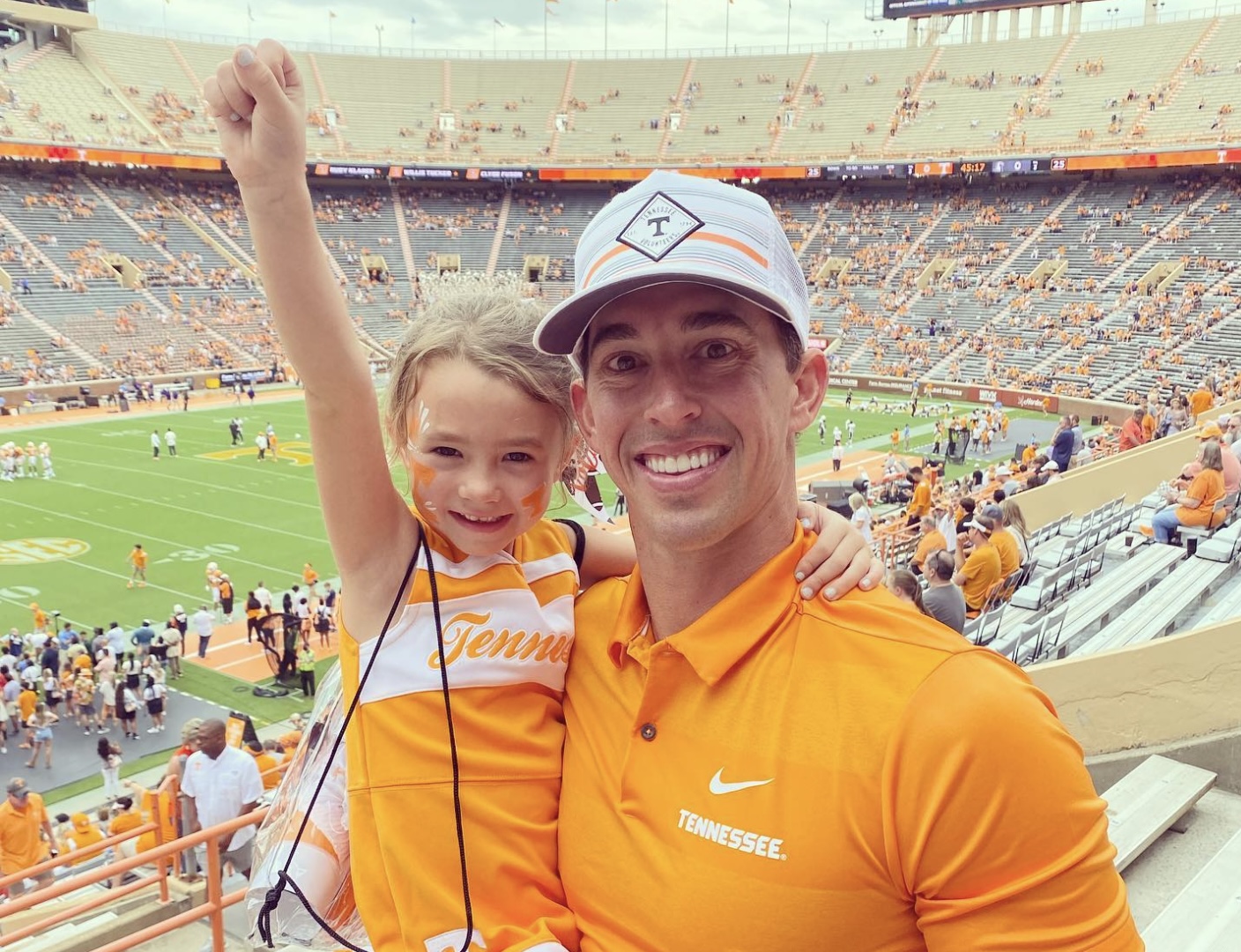
Who are you rooting for?
I am an avid University of Tennessee fan (and alum 😉 )! If it is a Vol sport, you better bet I am cheering on my alma mater. Although not a die-hard fan of major league sports, I am an overall sports junkie. I pull for the Atlanta Braves (as they were the team I grew up around while in Georgia), and I pull for the Titans of the NFL.
Which sports did you play?
I played football, basketball, and baseball during my youth, with an emphasis on football during high school. I was a defensive back (corner) and quarterback in high school while growing up in Georgia.
What Now?
I enjoy golf when I have the time. I am also very involved in my children’s athletic activities. My son plays travel soccer, flag football, and basketball. Also, my daughter has started competitive cheerleading.
Premier Diagnostic Imaging and Sports Injuries
As a rough sport, football can lead to injuries at all levels of play. However, modern diagnostic imaging is helping players get appropriate care quickly.
Whether imaging happens at the stadium, in the emergency room, or at a freestanding imaging facility like Premier Diagnostic, radiological images help physicians determine the next steps in treatment, rehabilitation, recovery, and injury monitoring.
While Premier doesn’t handle emergency imaging, we play a vital role in providing sports imaging for our local athletes. We see players across all levels and ages, including youth players, high school team members (including the Cookeville Cavaliers), and college players like our Tennessee Tech athletes.
We evaluate our local athletes for shoulder, elbow, knee, and ankle injuries, among others. The most common sports-related injuries we see are knee ligament and meniscus injuries, as well as ankle sprains.
Remember: it’s important to visit your physician to check out any sports-related injuries. If your doctor recommends medical imaging, then we will be ready to assist you at Premier Diagnostic Imaging.
Medically reviewed by: Dr. Seth Means.
Sources
NFL Player Injury Data
https://www.nfl.com/playerhealthandsafety/health-and-wellness/injury-data/injury-data
Imaging in the NFL
radiologytoday.net/archive/rt1015p12.shtml#:~:text=All%2032%20NFL%20teams%20have,imaging%20technology%2C%20says%20Matthew%20J
The NFL studied every concussion over two seasons
https://www.washingtonpost.com/news/early-lead/wp/2017/11/09/the-nfl-studied-every-concussion-over-two-seasons-what-happens-next-may-be-up-to-manufacturers/
Distribution of emergency department visits for sports and recreational injuries for patients aged 5-24 years in the U.S. from 2010 to 2016, by activity type
https://www.statista.com/statistics/1072894/us-distribution-ed-visits-ages-5-to-24-years-by-sport/

